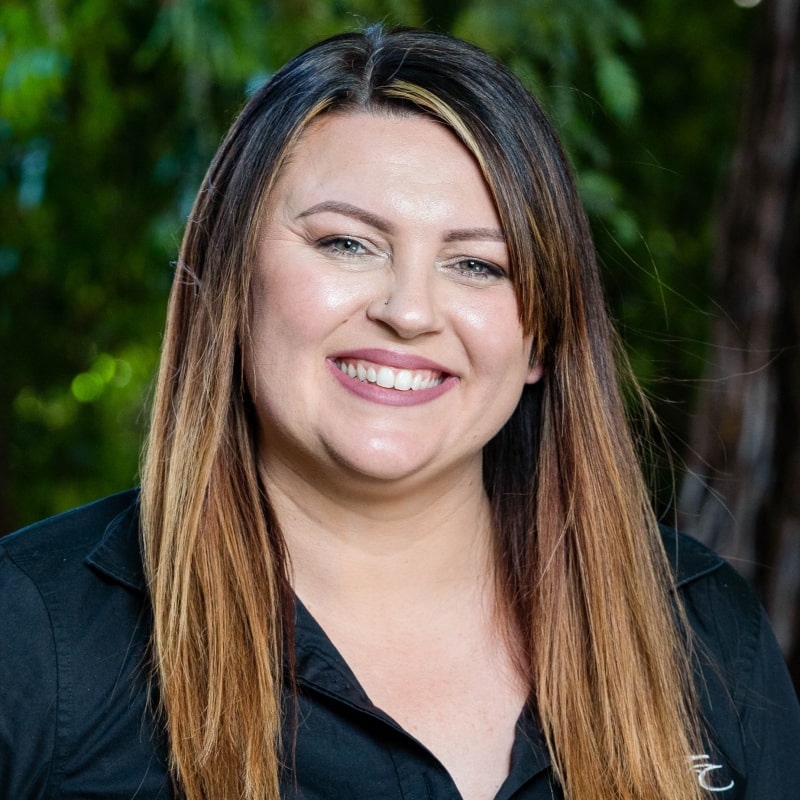Optimizing Dental Billing For Oral Surgery Practices-Strategies For Success

Dental billing in an oral surgery practice can be a complex process without the proper protocols and training in place. Oral surgery practices often provide a wide range of services, including extractions, dental implant placement, and jaw surgeries, each of which requires detailed reports and sometimes includes medical billing. These services often have different billing codes and requirements, which can make it confusing to accurately file claims and bill patients.
To ensure accurate billing and timely payments, practices may consider outsourcing to a professional dental billing company or keeping it in-house. With a team approach, my oral surgery practice found that keeping all billing in-house to be most successful. This was achieved through regular training and education of the team members involved in our billing process, along with establishing clear policies and procedures for patient collections. Cross-training was imperative to make this process work, and our admin team was shown how to manage the process from start to finish.
Successful dental billing strategies involve a combination of efficient processes and effective communication with both patients and insurance providers. Some of the key strategies that we found useful in improving our dental billing include:
1. Verify insurance coverage: As a specialist’s office, most of the time, you’re establishing a new patient, so verifying coverage may be a challenge. Most patients are unsure of their dental coverage, especially if they are long-time patients of their general dentist. And let’s not forget patients coming to an oral surgeon are already nervous or fearful, so alleviating any unnecessary stress associated with their insurance carrier is essential in creating a great patient experience.
To do this, training your team on how to navigate insurance obstacles is imperative. This requires communicating any patterns or hurdles your biller comes across that will delay the verification or claims processing. For example: if a new patient tells you they have Delta, then you want to make sure to get the state. If it’s a Blue Cross plan, you will want to make sure to get a phone number or claims address off their card, if possible, as there are many. Make sure your intake person is recording the correct spelling of both the patient and subscriber, the date of birth for both, identification numbers and group numbers, and, if available, the claims phone numbers and addresses. Creating a new patient call sheet to follow can be a great resource so no information gets missed. Don’t forget to gather their medical insurance, as many procedures now require a medical denial prior to processing. Then, before any dental procedure is performed, it is important to verify the procedure is covered and if there are any limitations. This can help prevent denied claims and ensure that the practice is properly reimbursed for the services that they provide.
2. Accurate documentation: Accurate documentation is crucial to successful dental billing. This step includes keeping detailed records of patient information, doctor’s consult and op notes, treatment plans, and billing codes. Documentation of extraction dates, prior prosthesis dates, and narratives will assist in a clean claim submission. Mistakes in data entry can lead to denied claims, delayed payments, and other billing errors. Any team member involved in data entry should be properly trained on the billing software and codes to ensure that they are entering the correct information. And yes, this includes your doctor.
To ensure accurate data entry, it’s important to implement effective quality control measures. One example is to implement a double-entry system, where two different people verify the same data independently to ensure accuracy. This can help catch any mistakes or typos that may have been missed. For instance, in our office, depending on how the registration form is submitted, we have our front office merge or enter the patient information. When the patient is brought back to their operatory, the assistant shows and verbally verifies with them that all of the information is accurate. This is completed before the baton is passed to the doctor and treatment is input into the system. This allows everyone to have accurate information before we begin billing for services.
3. Timely billing: Timely billing is essential to ensure that claims are submitted and processed efficiently. This can help reduce the number of denied claims and prevent any delays in payments. I like to submit claims on a daily basis and create follow-up notes with pop-ups to check the status of an appeal, resubmission, or a medical claim. This helps ensure claims don’t slip through the cracks and keeps you on track with the claims submission deadlines.
4. Clear communication: Clear communication with patients is crucial to ensure they understand their insurance coverage and the billing process. This can help prevent any surprises or misunderstandings when it comes to payment. Patients should also be informed if they are out of network and if they opt in or out of network for Medicare, as this would make a difference in the reimbursement from their insurance carrier. When discussing insurance, verbiage is key. You never want to speak in absolutes. We always let the patients know, “This is what your insurance is estimated to cover,” and “This is your estimated out-of-pocket expense.” Having them initial that this information was discussed can be helpful when stressing the importance that we cannot guarantee their insurance reimbursement even with a preauthorization. In addition, given that you are the referred office, you have more of a responsibility of verifying the remaining benefits available and communicating that back to the general dentist, as some treatments are coordinated between offices, and you don’t want to overestimate a patient’s insurance coverage. Our office likes to include the estimated covered portion by insurance in the treatment letter we send back to our referring offices. This has been a life changer, and trust me, your referring offices will be thanking you!
5. Regular review of billing procedures: It’s important to regularly review billing procedures to ensure they are up-to-date with any regulations or insurance policies. In addition, make sure you have the most recent ICD10 and CPT coding books.
6. Use of technology: Technology can help streamline the billing process and reduce errors. This can include using electronic billing and payment systems, as well as software that automates billing processes.
7. Management of the aged receivables report: Aged receivables refer to unpaid balances that have been outstanding for an extended period of time. These can occur for a variety of reasons, such as denied claims, incorrect billing codes, or patients who are unable to pay their bills. Regularly reviewing accounts receivable can help identify unpaid balances and determine the reason for non-payment. Management of your aged receivables can have a significant impact on the financial health of a practice as it can lead to reduced cash flow, increased collection costs, and decreased profitability.
Overall, successful dental billing requires a team approach, commitment to accuracy, clear communication, and a willingness to adapt to changes in regulations and insurance policies. By implementing these strategies, specialty dental practices can improve their billing processes and ultimately provide better care to their patients.
About the Author

Elaina Wharton, FAADOM has been working alongside Dr. Ali AlijanianThis link opens a new tab to Dr. Ali Alijanian’s website for the past 18 years. She joined his oral surgery practice in 2005 as a certified surgical assistant. She quickly found herself cross-trained throughout each role in the office before growing into her position as a practice administrator. In addition to managing the practice, Elaina is the coordinator for the Partnership Study Club in Walnut Creek CA. In 2016, she became a fellow of AADOM and has served as the President of the Contra Costa CA local Chapter since 2019. When not wearing her many dental hats, you can find her on the sidelines cheering on her two children at their baseball and softball games.







